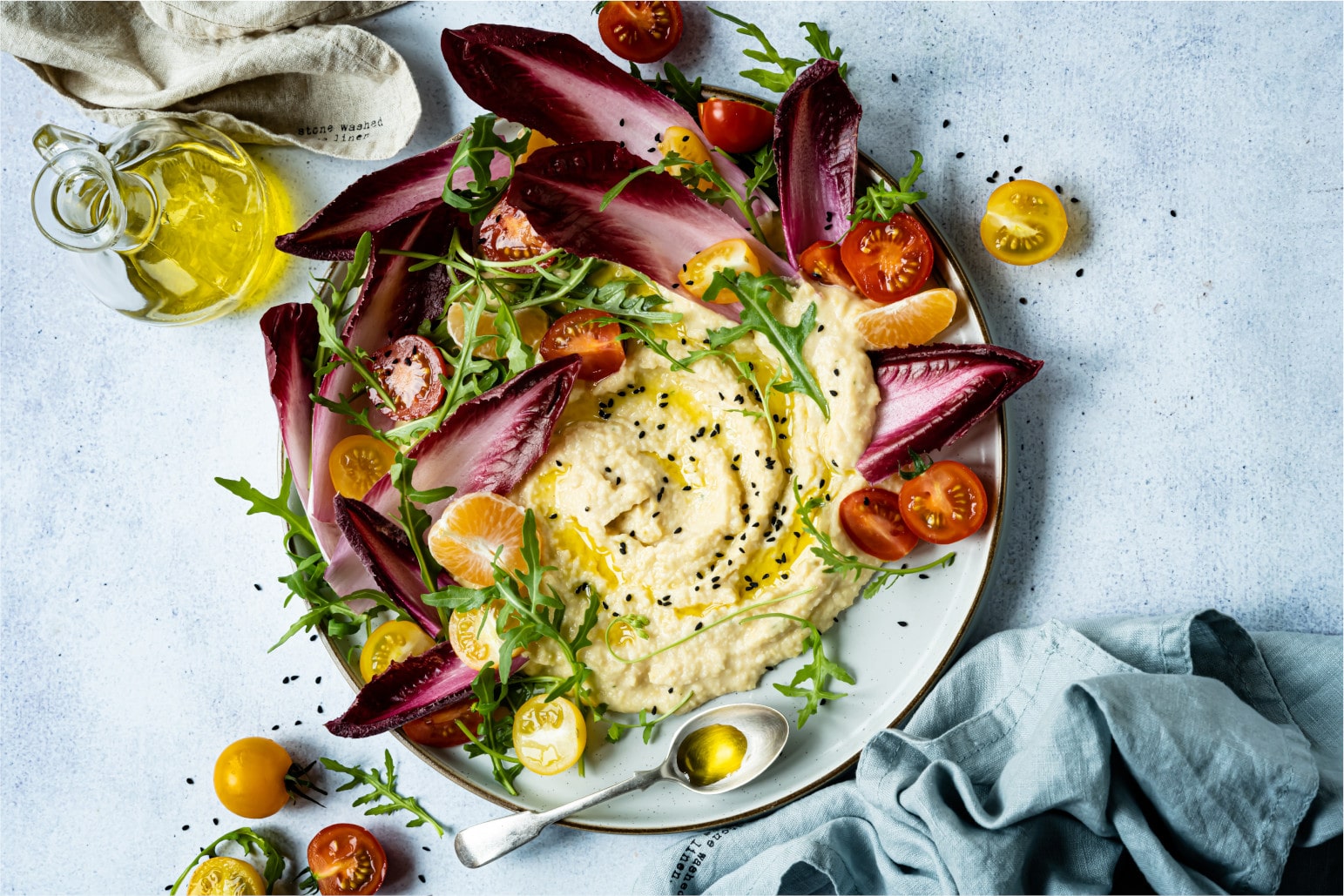Any flexitarian will tell you that moving from a meat-centered diet to a plant-centered one is made much easier by the availability of plant-based alternatives, such as veggie burgers and sausages or meatless chicken pieces. A plate filled with scrumptious whole foods such as vegetables, grains, and legumes is given that extra appeal by plant-based alternatives.
The taste, texture, and appearance of plant-based products means that most consumers won’t notice the difference at meal times when veggie meatballs or meat-free bacon are added.
Compared to conventional meat, plant-based alternatives have a much lower carbon footprint, use far less land and water, and produce less air and water pollution – and they don’t require the use of antibiotics or contribute to the risk of a pandemic.
As meat alternatives have grown in popularity, so too have the questions about how healthy they are as they often fall into the category of ‘processed foods’.
However, three things are important to note here: the meaning of “healthy”; the meaning of “processed”; and the number of ingredients used.
Healthy option
Plant-based meat alternatives can be healthier than animal-based foods as they tend to contain:
- zero cholesterol
- more complex carbohydrates
- healthy fiber (beef, chicken, pork, and seafood have no fiber at all)
- no antibiotic residues
- no hormones
- no feces
Processed foods
Just like their animal-based counterparts, plant-based alternatives to meat and dairy products are often categorized as “processed” or ”ultra-processed” foods. These categories also include chocolate bars and soft drinks as well as wholemeal bread. Wait what, wholemeal bread?
Bread which is commonly seen as a healthy, “natural”, staple food, fall into the processed/ultra-processed categories, that nowadays are mostly considered as negative. You should know that the existing classification systems for processed foods do not take into account the nutritional value of a food, but only the degree of processing.
Every time you cook or modify raw food, that counts as processing. Bread, pasta, pasteurized milk, and many other food staples are processed in this sense, as are many plant-based products.
Just because a food item is processed does not necessarily mean that it is unhealthy. Many people around the world only get enough to eat thanks to processed foods.
In terms of sustainability, processed foods have a longer shelf life than fresh foods, therefore they contribute to reducing food waste. Thanks to new technologies food waste can also be reintroduced in the food chain as ingredients to enhance the nutritional properties of other foods. Additionally, as the population of the planet continues to grow, we will need to engineer new processed foods to ensure everyone gets enough and nutritionally valid food to eat from the finite resources available to us.
At the same time, producers are aware of consumers’ demand for less processed food items and are working to reduce the amount of processing. However, it is the quality and nature of a plant-based product’s ingredients that are important, not simply the fact that it has been processed.
Number of ingredients
The length of an ingredients list does not necessarily determine how healthy the product is, it can just give an idea of the grade of processing. Lard has only one ingredient and isn’t considered healthy, because of its high saturated fat content, while wholemeal bread has many ingredients and is considered healthy, thanks to its fiber, complex carbohydrates, and protein content. And if you cook at home, you may use many different ingredients to make a healthy dish.
All the ingredients have to be listed on plant-based labeling so you know what you’re eating – and what you’re eating is often high-quality protein and little or no cholesterol. “Chemicals terms” and E numbers in the ingredient lists can worry the consumer, however, these additives are regulated and help in maintaining safe the product while enhancing its texture and flavor.
Balanced diets are healthy diets
In general, ProVeg advocates for a balanced plant-based diet, with plenty of whole grains, legumes, nuts, fruit, and vegetables. If you cannot afford or find fresh locally grown food, don’t be desperate, it doesn’t mean that your diet is less healthy and unbalanced. Processed food is still a good strategy to have nutritious food throughout the year, especially in areas in which plant foods are not easy to grow.
We recommend you consume plant-based alternatives in moderation – just as you wouldn’t eat an animal-based burger everyday, you shouldn’t eat a plant-based one everyday either. In general, we should take care that we do not eat too much salt, fat (especially saturated fat), and sugar. However, in the case of processed red meat, it is particularly important to moderate consumption as it has been classified by the International Agency for Research on Cancer (IARC) as carcinogenic.
In summary, the ideal plant-based diet is one rich in grains, legumes, nuts, and vegetables, with plant-based alternatives to meat dishes adding taste, health, and sustainability benefits. This approach makes a plant-based diet simply unbeatable!










